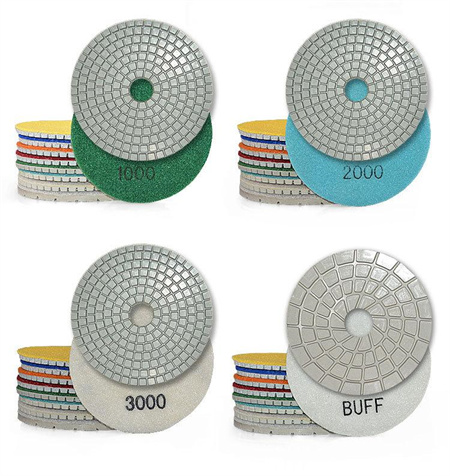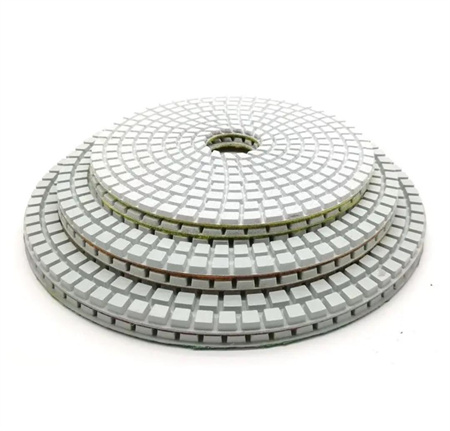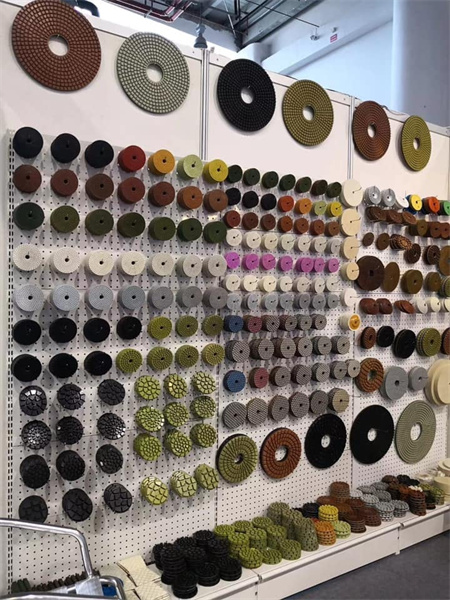The Impact of Sustainability on Diamond Tool Manufacturing

For years, diamond tools—used in applications ranging from cutting and grinding to drilling and polishing—have been produced using conventional methods that involve significant energy consumption, resource extraction, and waste generation. However, with increasing awareness about environmental issues, the focus has begun to shift toward more sustainable and efficient manufacturing techniques.
One of the key challenges in the diamond tool industry has been the extraction and use of natural diamonds. The mining of diamonds is often associated with environmental degradation, including habitat destruction, pollution, and energy-intensive extraction methods. To address these concerns, manufacturers are increasingly turning to synthetic diamonds, which are created in controlled lab environments rather than mined from the Earth. These synthetic diamonds offer the same performance characteristics as their natural counterparts, yet their production has a much lower environmental footprint. By using lab-grown diamonds, manufacturers can significantly reduce the impact on ecosystems and local communities.

Waste management has also become a critical area of focus for the diamond tool industry. The production of diamond tools generates waste materials, including diamond dust and metal shavings, which, if not properly managed, can end up in landfills and contribute to pollution. To mitigate this, manufacturers are investing in closed-loop recycling systems that allow waste materials to be reused in the production process. This not only reduces the environmental impact of waste but also lowers costs and increases resource efficiency.
Another aspect of sustainability in diamond tool manufacturing is product life cycle management. Sustainable design practices are being incorporated into the development of diamond tools to enhance their durability and performance over time. Tools that last longer reduce the frequency of replacement, which in turn minimizes waste and the demand for raw materials. By focusing on the longevity of products, manufacturers are helping to reduce the overall environmental impact of the diamond tool industry.

Beyond environmental benefits, the focus on sustainability in diamond tool manufacturing is opening up new avenues for innovation. Manufacturers are exploring alternative materials that are both performance-oriented and sustainable, such as recycled diamonds or innovative composites that reduce the need for traditional diamond extraction. Additionally, advancements in 3D printing technology are enabling the creation of custom diamond tools with minimal waste, further improving the sustainability of the industry.
The integration of sustainability into diamond tool manufacturing is not just about mitigating environmental impacts; it’s also about creating a more resilient and forward-thinking industry. As global challenges such as climate change and resource depletion continue to grow, manufacturers that embrace sustainable practices are positioning themselves for long-term success. Those that innovate in this space will likely lead the way in setting new industry standards, not only in terms of performance but also in social and environmental responsibility.
Sustainability in diamond tool manufacturing is a powerful reminder that innovation and responsibility can go hand in hand. As manufacturers continue to refine their processes, explore new materials, and reduce their environmental footprints, the industry is moving toward a future where both high performance and environmental stewardship coexist. It’s a win-win for both the planet and the people who rely on diamond tools every day.